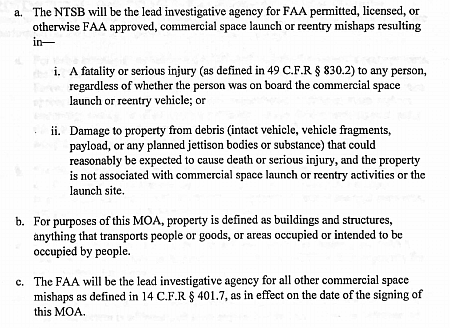The new in-space repair and refueling industries that are about to revolutionize space exploration

Robots doing work in orbit, as imagined in 1979
When Orbital ATK announced in 2016 that its robotic Mission Extension Vehicle (MEV) — designed to dock with and extend the life of defunct commercial communications satellites — had won its first contract with Intelsat, that contract award only came after several years of persistent campaigning.
In fact, Orbital ATK had had great difficulties getting any satellite communications company interested. At the time, all communication satellites were in geosynchronous orbit, were expensive to build, but lasted routinely from 10 to 15 years. The satellite companies didn’t see a need to fix them when they ran out of fuel. It seems better to launch a new replacement.
Even after winning that contract with Intelsat, it was still four years before that MEV docked with Intelsat’s satellite, bringing it back to life. In the interim Northrop Grumman (which had purchased Orbital ATK in a merger) had managed just one other contract, even as it had announced upgrades to the MEV to allow it to service many satellites, not just one.
The satellite industry seemed in those days to be largely resistant to the concept of repairing and refueling its older satellites.
No more. We are on the cusp of a major revolution in satellite operations, driven first by innovations like the MEV, but accelerated greatly by the new satellite companies launching low orbit constellations. These new companies are willing to take risks, and thus have also shown an eager desire to link their satellites to a variety of in-space services that they themselves did not wish to provide, from satellite repair and refueling to tug services to space junk removal to quick and controlled de-orbit technologies.
The variety and innovation of this new industry is somewhat astonishing, especially considering how young an industry it is.
» Read more

